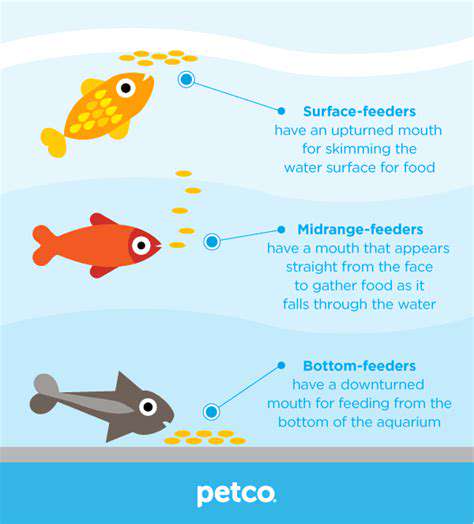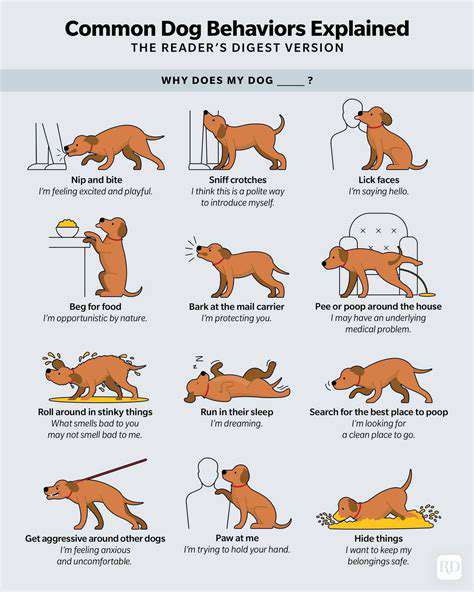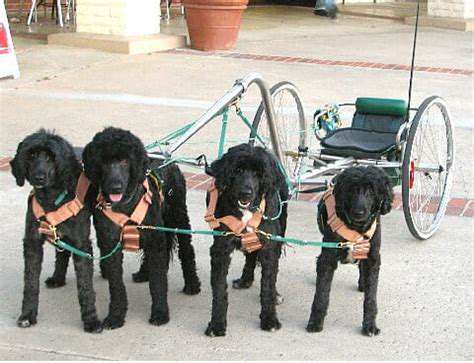Best Ways to Correct Bad Dog Behavior

Preventing Future Problems through Proactive Training
Understanding Underlying Issues
A crucial first step in preventing future behavioral problems in dogs is understanding the root causes. Many problematic behaviors stem from a lack of proper socialization, inadequate training, or even underlying medical conditions. Identifying these potential issues early on allows for targeted interventions and prevents escalating problems down the line. For example, a dog exhibiting aggression might be reacting to fear or anxiety, which can be addressed through desensitization and counter-conditioning techniques rather than punishment.
Thorough observation of your dog's behavior, including identifying triggers and patterns, is essential. Understanding your dog's body language is equally important, as subtle cues can indicate stress, discomfort, or a need for redirection. Consulting with a veterinarian or certified dog trainer can provide valuable insight into potential underlying medical or behavioral issues.
Implementing Effective Training Strategies
Proactive training isn't just about preventing future issues; it's about building a strong, positive relationship with your dog. Positive reinforcement methods, such as rewarding desired behaviors with treats, praise, or toys, are far more effective and humane than punishment-based methods. Consistency is key; using the same commands and rewards in various environments helps your dog understand and respond accurately.
Regular training sessions, even short ones, help maintain your dog's focus and engagement. This consistent interaction reinforces good behavior and strengthens your bond. Learning basic obedience commands, like sit, stay, come, and leave it, are fundamental for managing your dog's behavior in various situations, and for creating a safe and predictable environment for them.
Addressing Socialization Needs
Early socialization is critical in preventing future behavioral problems. Exposing your puppy or dog to a variety of people, animals, and environments from a young age helps them develop into well-adjusted adults. This exposure allows them to learn appropriate responses to different stimuli and helps them build confidence. Consider introducing your dog to controlled and positive interactions with other dogs, ensuring the interactions are supervised and positive.
Taking your dog to dog parks or other social settings is important, but always prioritize safety and ensure your dog is comfortable and responding appropriately. Be mindful of your dog's body language and adjust the environment accordingly. If your dog shows signs of fear or anxiety, remove them from the situation and try again later.
Managing Environmental Factors
A dog's environment plays a significant role in their behavior. Providing a safe, secure, and stimulating environment is crucial for a well-adjusted dog. This includes providing adequate space, appropriate toys, and opportunities for exercise and mental stimulation. A bored or lonely dog is more likely to exhibit behavioral problems, such as excessive barking or destructive chewing.
Consider how your home and daily routines impact your dog. Establishing clear boundaries and predictable routines can reduce stress and anxiety. Providing opportunities for mental and physical exercise is essential to prevent boredom and frustration, which can lead to destructive behaviors. By understanding and addressing environmental factors, you can significantly improve your dog's overall well-being and reduce the likelihood of future problems.
Read more about Best Ways to Correct Bad Dog Behavior
Hot Recommendations
- Feeding Your Small Animal: Safe Foods
- How to Teach Your Dog to Play Fetch
- Heartwarming Stories of Pets in Retirement Homes
- How to Teach Your Dog to Leave It
- My Pet's First Snow Experience [Story]
- Review: [Specific Brand] Pet Water Fountain
- Guide to Dealing with Aggression in Dogs
- Guide to Using Positive Reinforcement in Training
- Living with a Pet Who Loves the Outdoors
- Guide to Puppy Obedience Training





![A Week in the Life of My [Pet's Name]](/static/images/33/2025-05/DinnertimeDelightsandEveningEntertainment.jpg)

![Review: [Specific Brand] Reptile Food](/static/images/33/2025-05/EaseofUseandFeedingExperience.jpg)

![A Day in the Life of My [Pet's Name]](/static/images/33/2025-05/BreakfastofChampions28or2CatLeast2CofChampions-SizedTreats293A.jpg)

![Best Aquarium Heaters [2025 Review]](/static/images/33/2025-05/KeyFeaturestoConsider3ADurability2CSafety2CandEaseofUse.jpg)